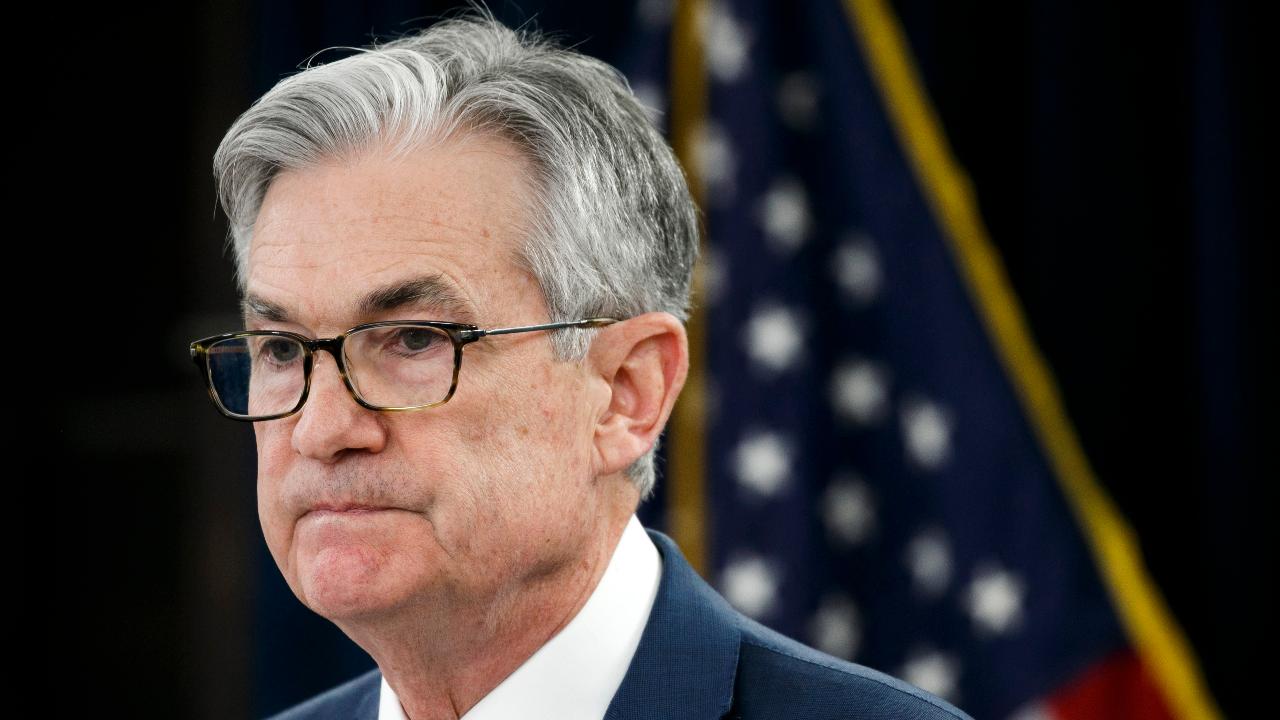Fed interest rates will be near zero for years - here's why you should care
Officials also projected that interest rates will stay near 0 through 2022
At the start of the coronavirus pandemic, the Federal Reserve, during two emergency meetings, slashed interest rates to near-zero and pledged to leave them unchanged until the U.S. economy begins to recover from the worst downturn in nearly a century.
The Federal Open Market Committee, during its most recent meeting in June, reiterated previous guidance that the benchmark federal fund rate will remain at a range between 0 percent and 0.25 percent "until it is confident that the economy has weathered recent events and is on track to achieve its maximum employment and price stability goals.”
Officials also projected that interest rates will stay near zero through 2022.
FED'S POWELL SAYS US ECONOMY MAY NEED MORE POLICY HELP TO AVOID 'PROLONGED' RECESSION
But what does it mean, exactly, for your own personal finances?
The interbank lending rate – which is at a range between 0 percent and 0.25 percent – can affect consumers by increasing borrowing costs. That includes things like auto loans and credit cards; even a slightly lower rate for both can mean thousands of dollars in savings for consumers.
For consumers, that can be both good and bad news, according to Curt Long, the chief economist and vice president of research at the National Association of Federally-Insured Credit Unions.
POWELL RULES OUT NEGATIVE INTEREST RATES, DESPITE TRUMP PRESSURE
“It kind of depends on which side of the fence they’re on,” he said. “If you’re potentially going to be a borrower in the near future, the fact that the Fed seems determined to be patient, in their words, is probably good news. It means rates will probably stay lower than they would have otherwise. On the other hand, if you’re a saver, that might not be as good of news for you.”
That’s because some banks and credit unions will increase their savings rate during Fed hikes, making it a good chance for consumers – particularly retirees living off of their savings – to earn more.
The correlation isn’t quite so direct, however: The Fed raises the cost of borrowing for banks, which in turn passes that along to consumers. Congress tasked the central bank in 1977 with promoting “maximum employment, production and purchasing power” by keeping the cost of goods stable and creating solid labor-market conditions.
TRUMP GETTING 'MORE AND MORE HAPPY' WITH FED'S JEROME POWELL
One of the most potent tools in the Fed’s arsenal is interest rates.
Typically, when policymakers are trying to spur additional consumer spending, they lower interest rates to reduce the cost of borrowing. The central bank previously lowered rates to near zero during the global financial crisis in 2008; it did not raise them again until 2015. Conversely, to avoid inflation and cool the economy, it will raise rates to make borrowing more expensive.
